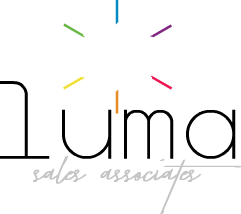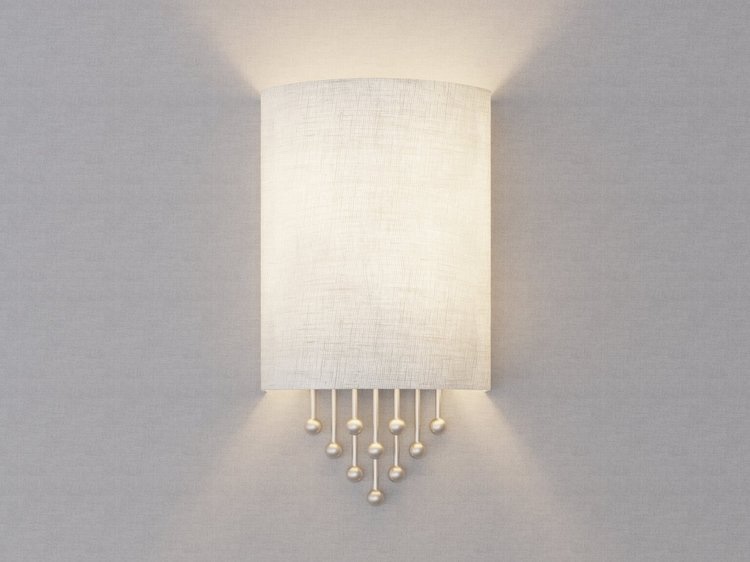Airey Thompson https://airey-thompson.com/
Alphalite https://alphalite.com/baa/
Alva https://www.alvalight.com/outdoor https://www.alvalight.com/indoor https://www.alvalight.com/healthcare
AV Poles https://www.avpolesandlighting.com/
Canlet https://www.canlet.com/lex-cms/products/all
Chameleon Lighting https://chameleonltg.com/baba-products/
FSC Lighting https://fsclighting.com/lighting-by-type/
Glacier by Snowball Lighting https://glacierlighting.pro/about/#BAA
Hanover Lantern https://hanoverlantern.com/collections
Hevi Lite https://www.hevilite.com/
HiLumz https://www.hilumzpro.com/
Hunt Dimming https://huntdimming.com/index-buyamerican.html
IKIO LED Lighting https://www.ikioledlighting.com/babaa#bba-product
Indessa Lighting https://indessa.com/products/
Jademar https://jademar.com/made-in-the-usa/
Lightsmith by Jefferson Lighting https://www.jeffersonlighting.com/
LC Doane https://www.lcdoane.com/buy-american/
LSI Industies https://lsicorp.com/lighting/resources/buy-american-act-2/
Melissa Lighting http://melissalighting.com/
Paraflex https://paraflex.com/lex-cms/collections/183-baa-taa-compliant
Renova Lighting https://www.renova.com/product-category/luminaires/products/all_products/
Sigmalux by Snowball Lighting https://sigmalux.pro/about/#BAA
Signtex https://signtexinc.com/
Snowball Lighting https://www.snowball-inc.com/about/#BAA










